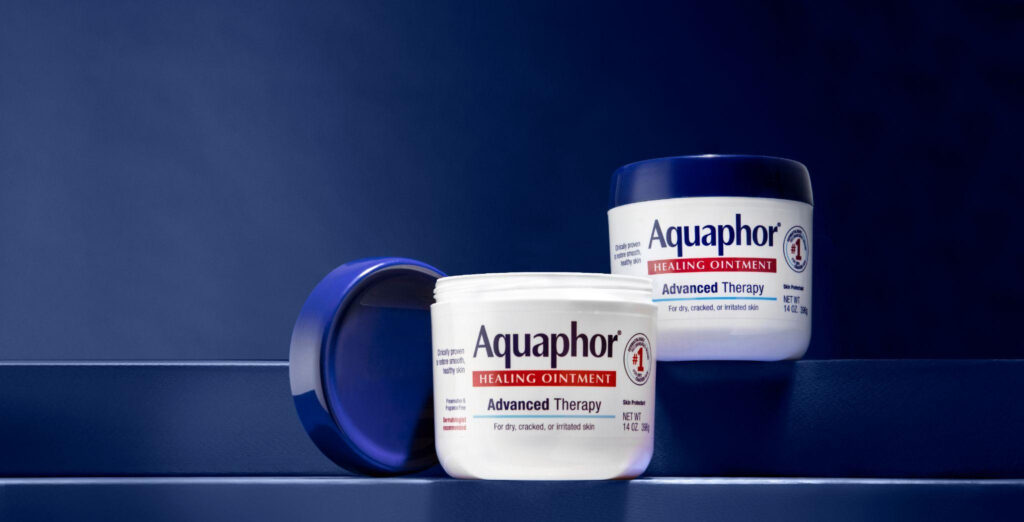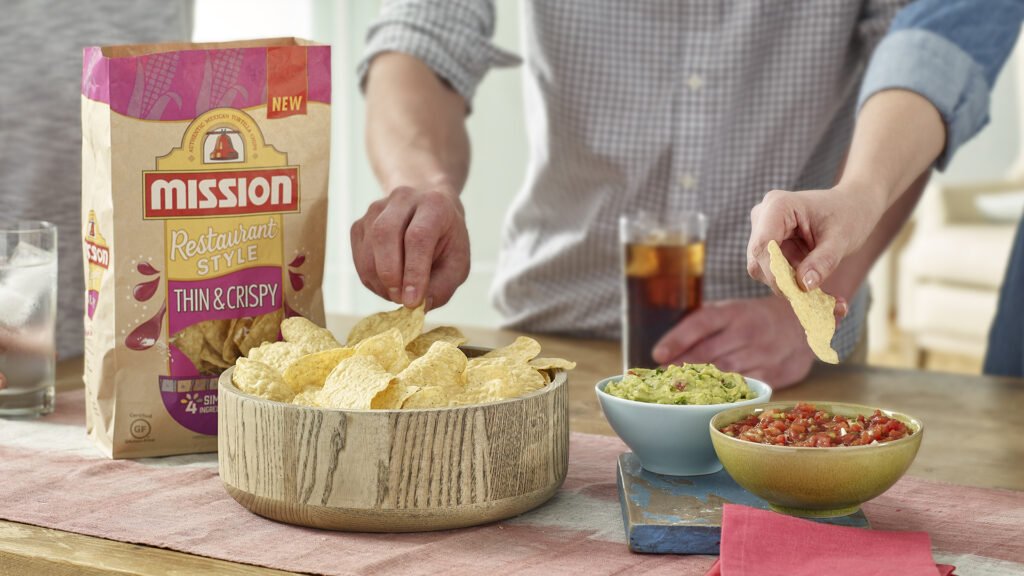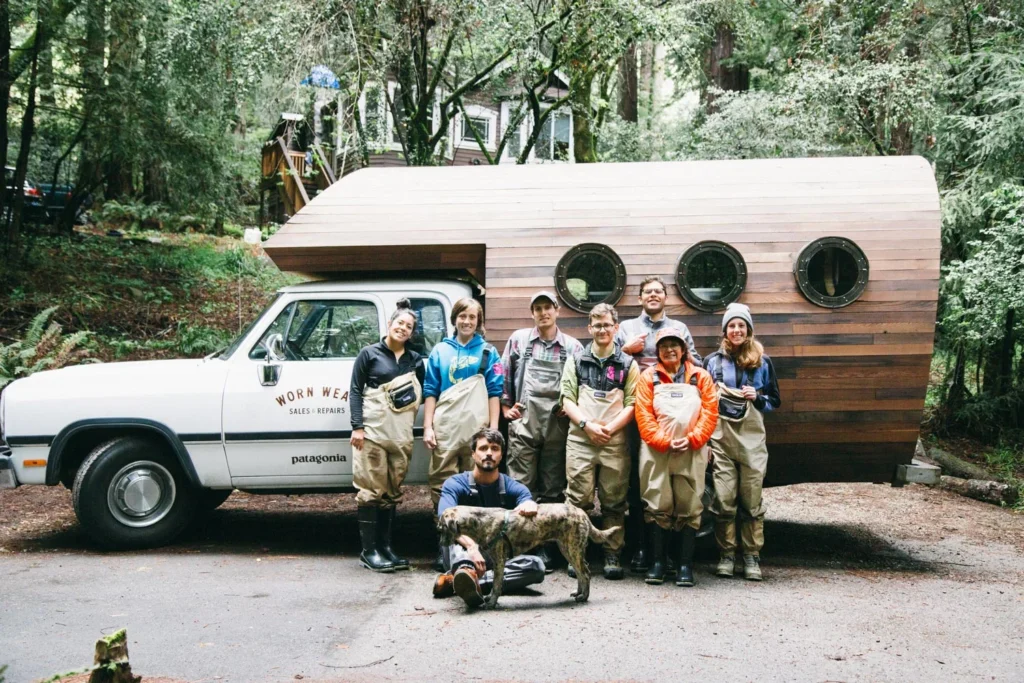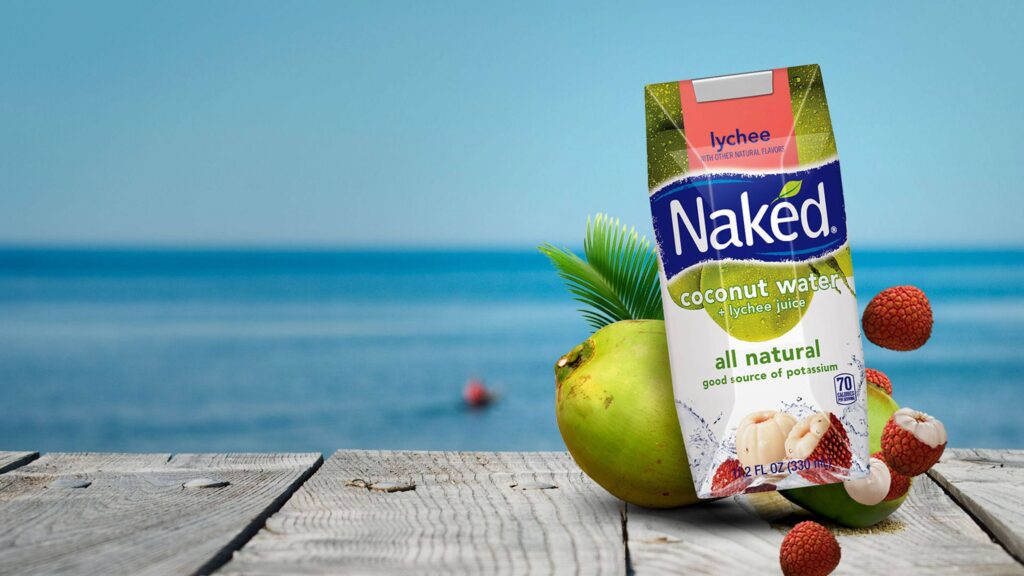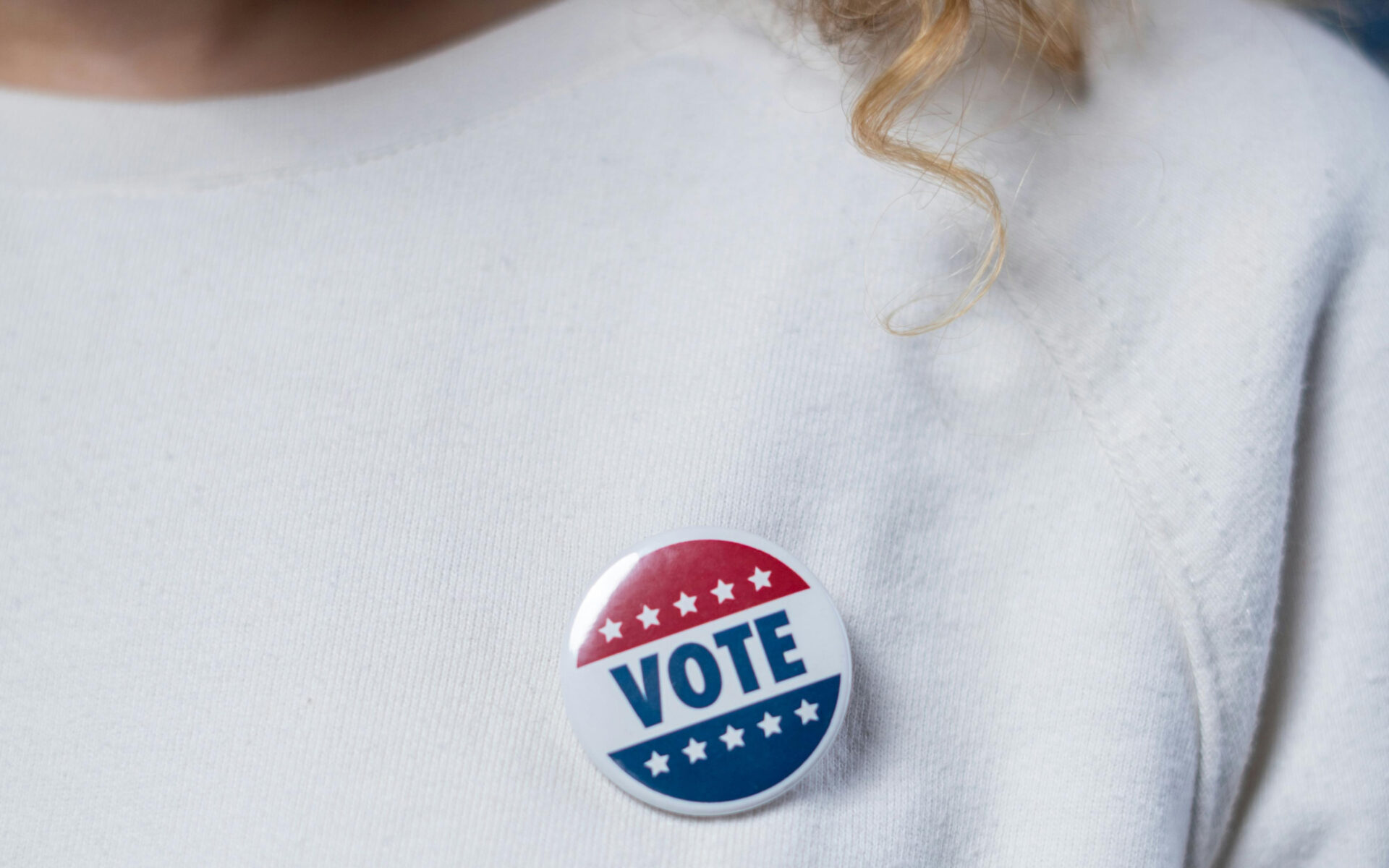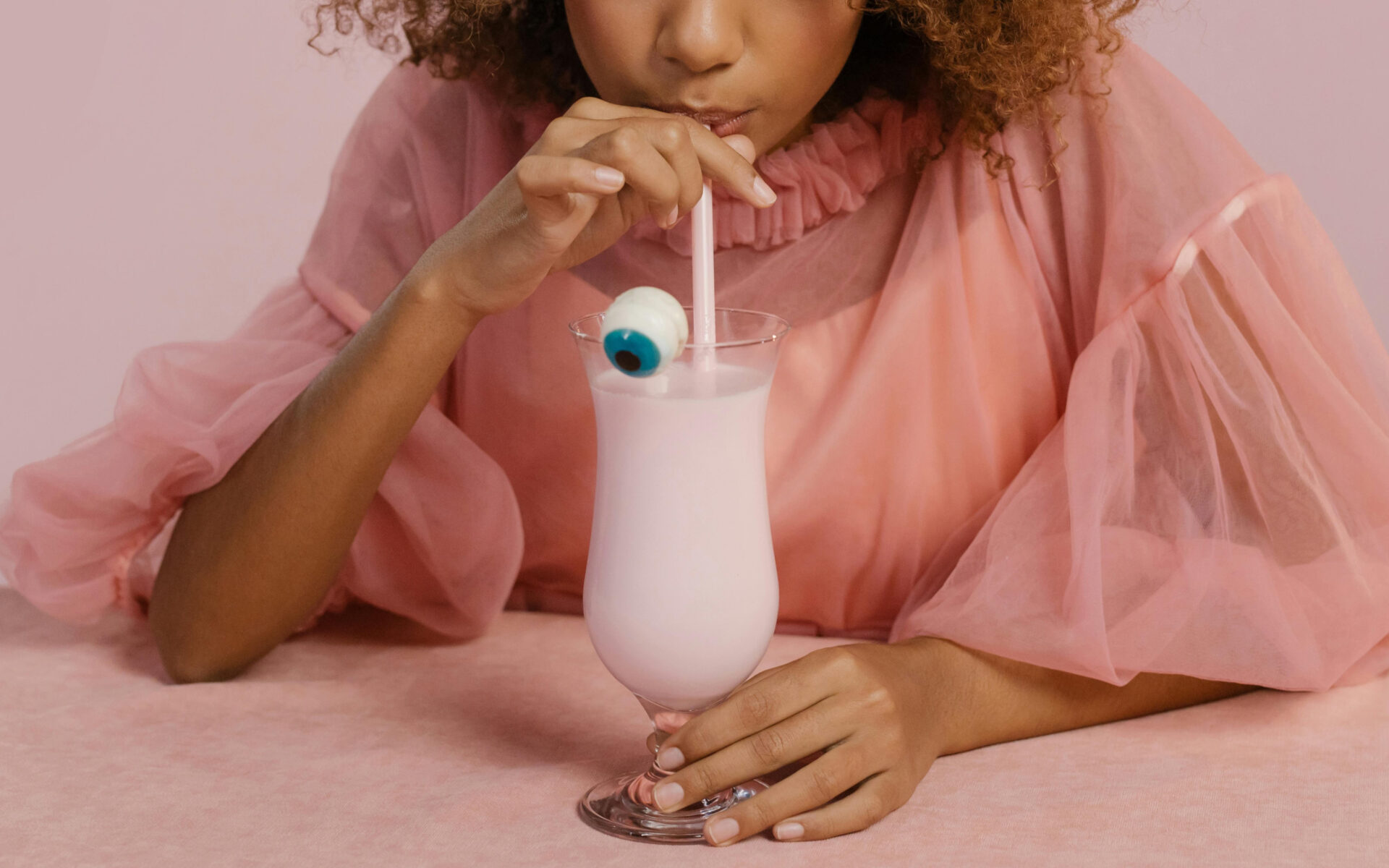Paid Social
Right platform. At the right moment.
We make your engagement soar with tailored paid social campaigns and amplified content across all major platforms, speaking to your audience on their turf.
Planning
We use insights and experience to determine the best paid social targeting options on each platform.
- Paid Social Strategy
- Market Insights & Audits
- Audience Segmentation
- Competitive Analysis
- Social Listening
- Influencer Discovery
Activation
We have experts across TikTok, Instagram, Facebook, Reddit, LinkedIn, Snapchat, YouTube and X (Twitter) to help brands tap the unique advantages of each paid social platform.
- Social Media Advertising
- Social Ad Management
- Campaign Structuring
- Campaign Optimization
- Platform-Driven Messaging
- Channel Maximization
- Rapid Experimentation
- Influencer Program Management
- Technical Setup & Maintenance
Reporting
We deliver transparency and a collaborative partnership with dynamic, clean and easy-to-understand reports.
- Custom Dashboards & Dynamic Reporting
- Data Analysis & Results Insights
- KPI & Goal Measurement
- Ad Hoc Reporting

